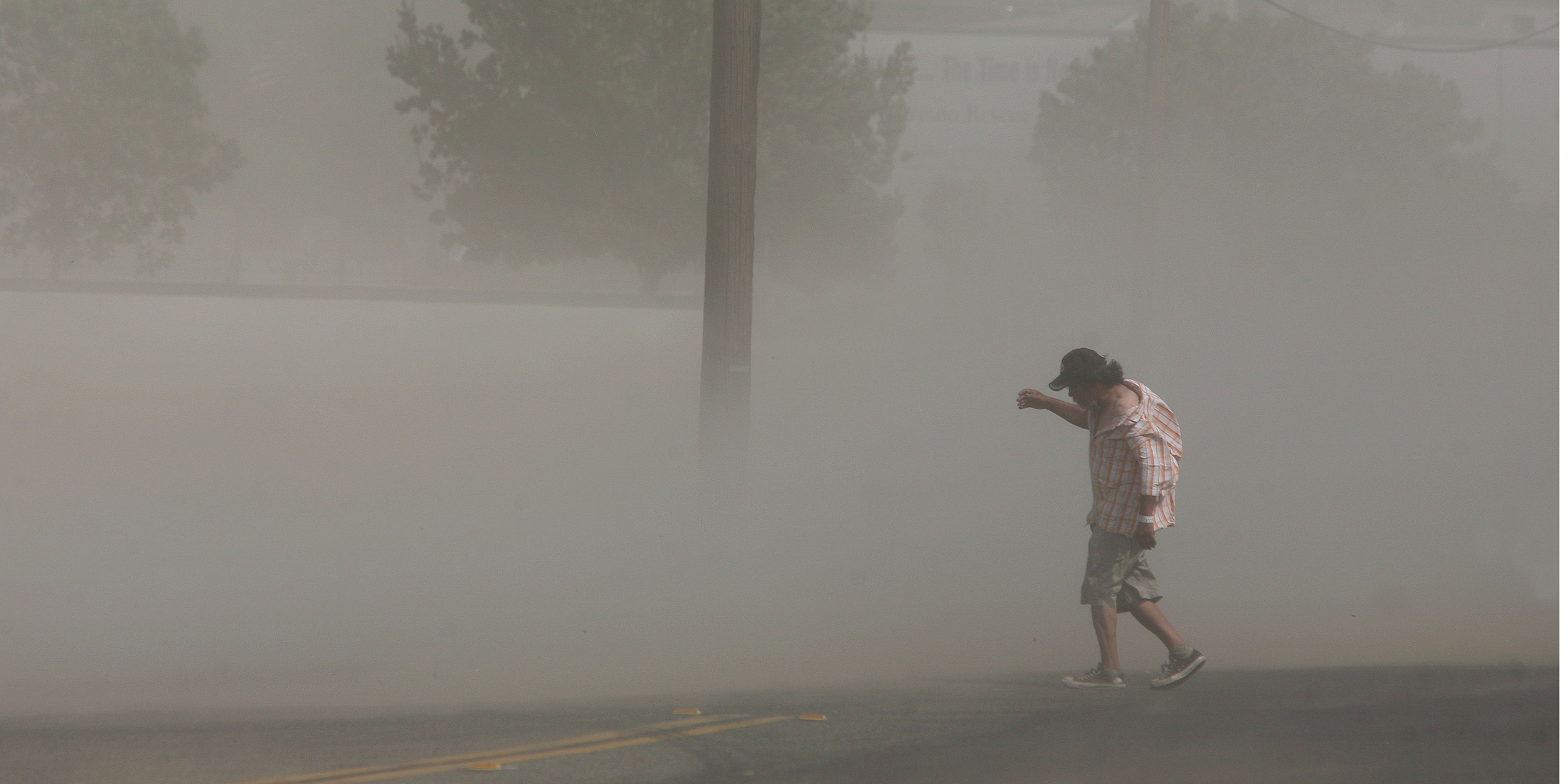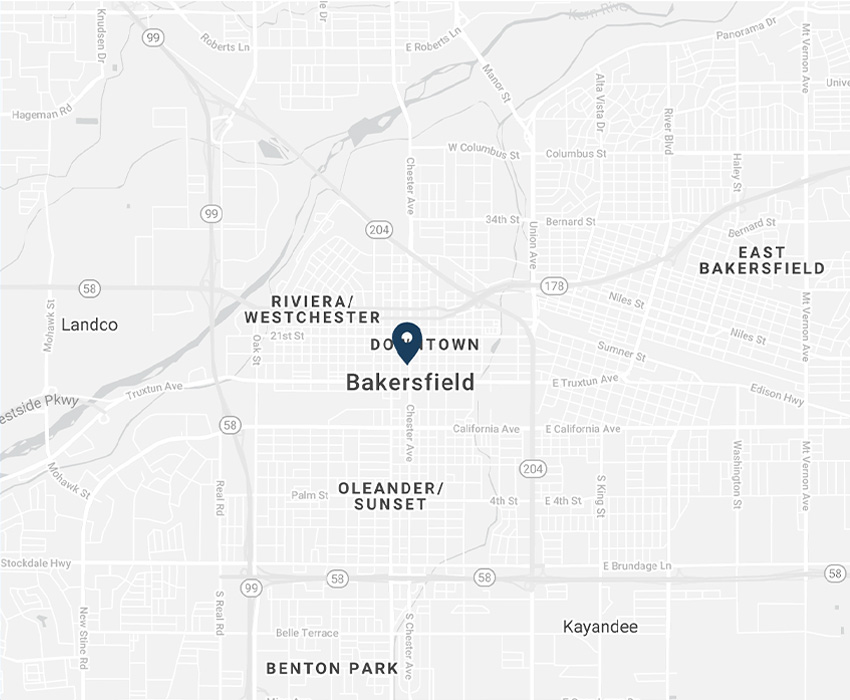Work-related illnesses, Valley Fever, could result in workers’ compensation claim
January 20, 2015 | Article by Chain | Cohn | Clark staff | Audio , News & Media , Tips & Information Social Share

Some people wouldn’t consider getting sick on the job as a workers’ compensation* injury issue.
“But you could be entitled to benefits under the workers’ compensation system if you get ill on the job, and the illness is as a result of the job,” said James Yoro, workers’ compensation attorney and partner at Chain | Cohn | Clark.
Yoro recently spoke about this issue with radio deejay Sheri Ortiz on her show on The Groove 99.3. You can listen to the full interview by clicking here. Yoro and Chain | Cohn | Clark associate attorney Beatriz Trejo also published an article recently in the Kern Business Journal focused on valley fever. To read that article, click here.
Specifically in the radio show, Yoro spoke about Valley Fever related to the workplace.
Under California law, Employers have responsibility to immediately report to Cal/OSHA any serious injury or illness, or death (including any due to Valley Fever) of an employee occurring in a place of employment or in connection with any employment, according to the California Department of Industrial Relations. Employers also have responsibilities to control workers’ exposure to hazardous materials.
Valley Fever is caused by a microscopic fungus known as coccidiodes immitis, which lives in the top two to 12 inches of soil in many parts of California. When soil is disturbed by activities such as digging, driving or high winds, fungal spores can become airborne and potentially be inhaled by workers.
In Kern County, around 500 cases of Valley Fever are reported in a typical year. Of those cases, about 5 people die from Valley Fever., according to Kern County Public Health Services Department. Kern County is also a leader and resource for treating and taking care of those infected with this disease.
When fungal spores are present, any work activity that disturbs the soil, such as digging, grading or other earth moving operations, or vehicle operation on dirt roads, can cause the spores to become airborne, and therefore increase the risk of Valley Fever. All workers on sites where the fungus is present, and who are exposed to dusty conditions and wind-blown dusts are at increased risk of becoming infected, according to Cal/OSHA. Some of those workers include: construction workers and other workers on construction sites, including road-building and excavation crews; archeologists; geologists; wildland firefighters; military personnel; workers in mining, quarrying, gas and oil extraction jobs; and agricultural workers.
Because there is no vaccine to prevent Valley Fever, important steps must be taken to limit risk, especially for employers. Some of those steps are as follows:
- Determine if your worksite is in an endemic area.
- Adopt site plans and work practices that reduce workers’ exposure, which may include minimizing the area of soil disturbed; using water, appropriate soil stabilizers, and/or re-vegetation to reduce airborne dust; stabilizing all spoils piles by tarping or other methods; providing air conditioned cabs for vehicles that generate heavy dust and make sure workers keep windows and vents closed; suspending work during heavy winds; placing any onsite sleeping quarters, if provided, away from sources of dust.
- Employers must develop and implement a respiratory protection program in accordance with Cal/OSHA’s Respiratory Protection standard.
- Take measures to reduce transporting spores offsite, such as cleaning tools, equipment, and vehicles before transporting offsite; providing coveralls and change rooms, and showers where possible if workers’ clothing is likely to be heavily contaminated with dust.
- Train workers and supervisors about the risk of Valley Fever, the work activities that may increase the risk, and the measures used onsite to reduce exposure. Also train on how to recognize Valley Fever symptoms.
- Encourage workers to report Valley Fever symptoms promptly to a supervisor.
“It’s important that people are aware that if they work in dusty outside conditions and they acquire Valley Fever, there’s a strong possibility that it could be work related,” Yoro told Sheri Ortiz.
It’s important to note that half of all people with Valley Fever show no symptoms, or show symptoms similar to a cold. Another 40 to 50 percent develop an illness severe enough to prompt the person to go to a healthcare provider, which includes flu-like symptoms. Those symptoms typically develop between 7 and 20 days after the spores enter your body. And another 1 to 5 percent of Valley Fever cases have the fungus leave the main site (lungs) and spread to other parts of the body.
If you suspect you’ve gotten Valley Fever, or another illness, due to your job, first see a doctor to make sure diagnosis is correct, Yoro said. And if you believe you’ve contracted an illness or disease related to your profession, it’s important to retain an attorney as soon as possible.
James Yoro has been serving Kern County as an attorney for nearly 40 years. He specializes in workers* compensation cases with the Bakersfield-based law firm Chain | Cohn | Clark.
Call him at 661-323-4000 or visit the website chainlaw.com. Viisit Yoro’s specialized workers* compensation website by clicking here.
———-
*NOTICE: Making a false or fraudulent Workers’ Compensation claim is a felony subject to up to 5 years in a prison or a fine of up to $150,000 or double the values of the fraud, whichever is greater, or by both imprisonment and fine.

